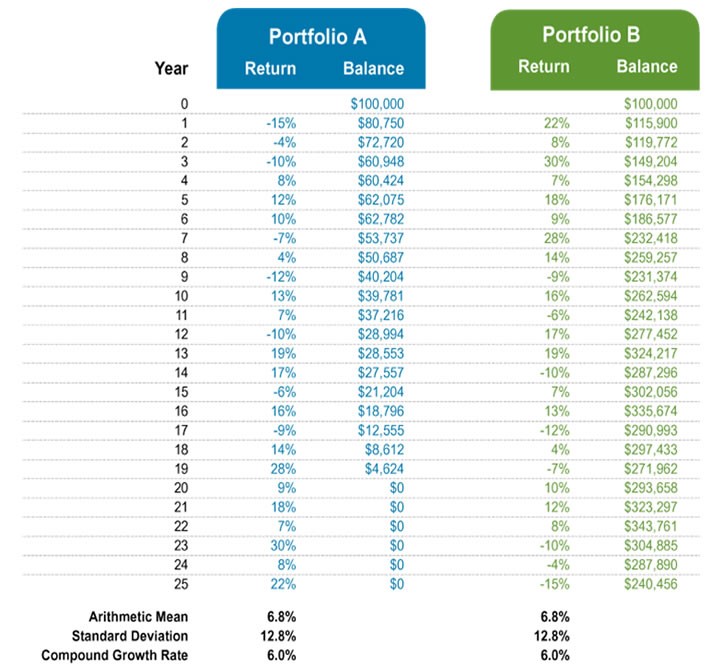Using Income To Mitigate Risk In A Retirement Portfolio
Post on: 1 Июль, 2015 No Comment

Using Income To Mitigate Risk In A Retirement Portfolio
November 20, 2013 Juliette Fairley
Income from high-yielding equities, high-yield debt, emerging-market debt and any other safe investments is paramount to a successful retirement portfolio, according to Alan Brown, senior advisor with Schroders.
High income and low volatility can be created using a multi-asset income strategy, Brown said at Schroders annual International Media Day in London last week. The downside is that financial advisors need to be ready to adjust a portfolio to factor in the relative price of these asset classes as they change over time.
Traditionally, portfolio managers found income in Treasury securities and municipal bonds, but low interest rates have caused advisors and investors to turn to alternative sources for income.
The Federal Reserve has kept the short-term federal funds rate between zero and 0.25% since late 2008, according to RateWatch, to help stimulate the U.S. economy and reduce the risk of deflation.
There are ways of boosting income further with carefully managed call writing programs, which means selling an option to someone which gives them the right to buy a company at a specified price in the future, Brown told Financial Advisor.
High-yielding equities are especially attractive in todays low interest-rate environment because a stocks dividend yield rise as its price declines and the rising yield attracts investors. As a result, price declines are more limited with dividend equities, according to Jeff Middleswart, senior analyst with the Ranger Global Income and Growth Strategy mutual fund.
Companies that pay dividends tend to have more stable characteristics and fewer risk factors related to a single product or customer. They normally have a history of large cash flows to support the dividend and often increase it. That tends to make them less prone to rapid swings up or down, Middleswart told Financial Advisor magazine.
The majority of Dan Kerns equity allocation for retirees is earmarked for income-producing equities.
We are invested in dividend-paying equities, master limited partnerships, REITs, investment-grade and high-yield corporate bonds and international bonds to generate income and capital appreciation, said Kern, a chartered financial analyst and financial advisor with Advisor Partners in Walnut Creek, Calif.
Non-U.S. domiciled high-yield funds have had net inflows so far in 2013 of $13.2 billion compared with net outflows of $2.5 billion for U.S. high-yield funds, according to EPFR Global.
I use publicly traded bond positions, dividend-paying stocks, nontraded REITs and business development companies to mitigate risk, said Jason Dyken, a financial advisor with Dyken Wealth Strategies in Gulf Shores, Ala.
Brown favors Nestle for its record of increasing dividends over 60 years and its yield on the stock, which is higher than its bond yield.
The goal is to buy a diversified portfolio of high-yielding equities and see that dividends are maintained, increased but not cut. You will get a measure of that by looking at the fundamentals, strength of the balance sheet and how well covered the dividend is, said Brown.
Foreign equities are yielding 5 percent compared with 2 percent for U.S. equities, according to MFS Investment Managements James Swanson.
For example, the dividend yield is 8.2 percent for Phillip Morris in the Czech Republic compared with 4.3 percent for Phillip Morris in the U.S.
Dividend-income equities carry less risk than the broader equity market. We are more concerned with interest-rate risk than credit risk, so were tending to favor credit sensitive investments over interest-rate sensitive investments. However, we are vigilant for signs of a deterioration in economic momentum or credit standards that would change our outlook, Kern told Financial Advisor magazine.
Although it is generally beneficial for retirees to have more exposure to a high-dividend stock portfolio, too much of a good thing can tip the scales.
More investors have gravitated to high-dividend stocks, which have increased their price substantially. The prices got so high that they were subject to greater volatility especially with interest-rate increases anticipated in bonds, Kern said.














